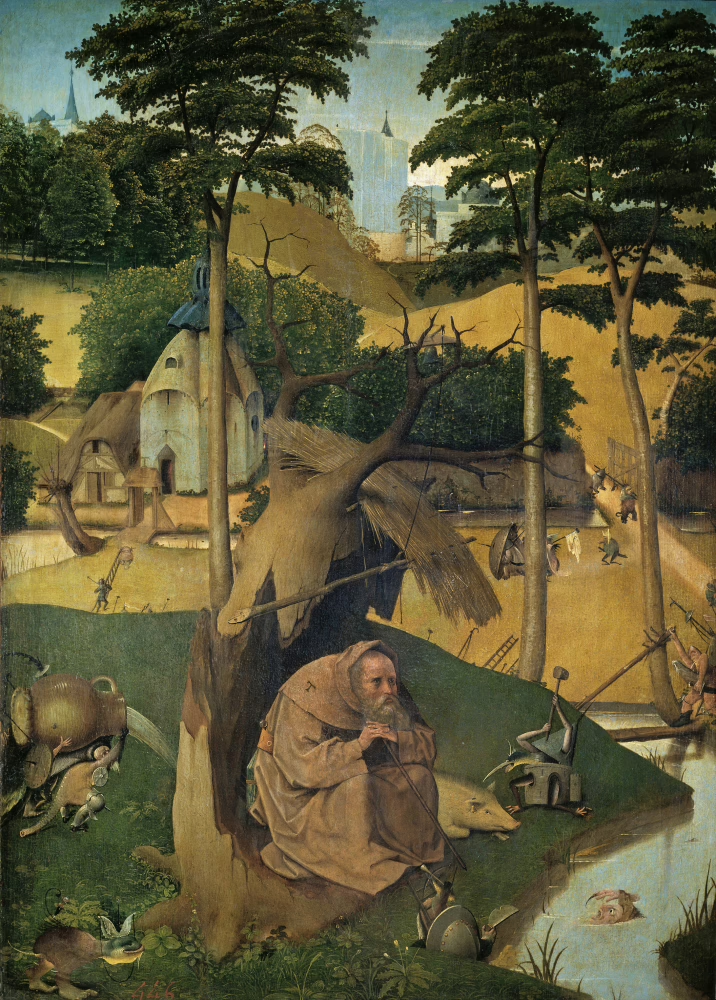Some of my favourite artists. Still updating this page with more images.
Akseli Gallen-Kallela

Alfred Joseph Casson

Alphonse Mucha

Anders Zorn

Arthur Rackham

Brian Froud

Charles Bargue

Charles Bargue is mainly known for the Charles Bargue Drawing Course, which is still frequently used for training academic art students. I also studied Charles Bargue, as for example seen here and here.
Edvard Munch

Egon Schiele

Erik Werenskiold

Eyvind Earle

Gerhard Munthe

Gustaf Tenggren

Gustav Vigeland

Gustav Klimt

Gustav Klimt, 1902.
Gustave Doré

Hans Holbein the Younger

Link to my study of Charles Bargue’s study of a Hans Holbein portrait.
Helene Schjerfbeck

Henri de Toulouse-Lautrec

Herbert James Draper

Hieronymus Bosch

Link to my blog post with a closer look at more paintings by Hieronymus Bosch
Håkon Gullvåg

Ilya Repin
Ivan Bilibin
James Jean
Jamie Hewlett
Jean-Auguste-Dominique Ingres
Jean Henri Gaston Giraud (Mœbius)
John Bauer
John Singer Sargent
John William Waterhouse
Kawanabe Kyōsai

Kay Nielsen

Kjell Aukrust
Lars Hertervig

